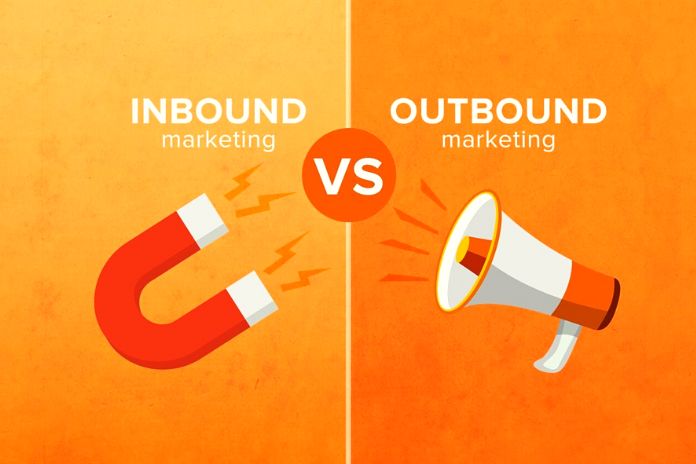Advantages And Disadvantages Of Inbound Marketing
The first advantage: it is not invasive. It does not invest in the user but attracts him by becoming a reference for each phase of the sales funnel. It can also be measured and optimized at any time, thanks to the ability to define precise KPIs. It is also less expensive than outbound marketing. On the other hand, to get qualified leads, you need time and skills: inbound marketing needs a complete approach. It is not the best for those looking for quick and immediate success.
Advantages And Disadvantages Of Outbound Marketing
Outbound marketing has some undeniable cons, which make it a method that today can be considered in some ways “obsolete” compared to the more sophisticated advertising strategies. For example, a push message often risks reaching its recipient at a time when they are not ready or available to receive it, nor to understand it. In addition to potentially annoying the interlocutor, this could undermine the effectiveness of the communication, which could be only partially received and not have the desired effect.
Furthermore, the vast number of push messages that users are accustomed to today generates an information overload that is difficult for anyone to manage and process. Even good promotional content runs the risk of getting lost among the thousands of other messages to which the target is subjected: those of the more traditional sources also overlap those coming from the digital universe, generating an accurate bombardment of information, data, and stimuli that leads to a decrease in attention and responsiveness to every single message. Consumers today are much more aware and attentive in their purchase paths.
They are increasingly accustomed to pull and highly customized communications, making planning effective outbound marketing strategies much more delicate. Furthermore, among the disadvantages of outbound marketing are the high costs it entails and an objective difficulty in measuring the results. Presenting a commercial on TV or putting up an advertising billboard on the city walls still requires a high investment, often impossible for smaller companies or start-ups to sustain. Furthermore, the ROI, or the return on investment, is quite complicated to calculate when a message has reached an unidentified mass of people. How to tell if the strategy worked?
It is necessary to go through transversal ways, such as analyzing turnover trends following specific campaigns or activating surveys that allow us to understand how the user became aware of the brand. Only in this way can you understand if and which promotion, in particular, has made it possible to achieve more significant results. However, outbound marketing is still beneficial when the intention is to set up the first contact with the user, introducing him to a brand or an offer that could be useful and encouraging him to look for more information elsewhere, for example, online, on the site, of the brand, on social media, or directly from the company that launched the advertising campaign.
Lead generation is still one of the main goals of outbound techniques, along with building greater brand awareness and strengthening its brand awareness. Outbound marketing can be beneficial for companies that want to reach the broadest possible audience in the shortest possible time. Suppose initially. The message can be pushed and not customized. In that case, this strategy allows you to open the doors to a first interaction with the user, which will allow in the future to set new ways to relate, more precise and personalized. Outbound marketing can be the first step in an integrated strategy, which subsequently presupposes the implementation of inbound strategies and well-studied lead nurturing, which pampers and convinces the new potential customer.
Also Read: How To Create A Social Media Marketing Plan

